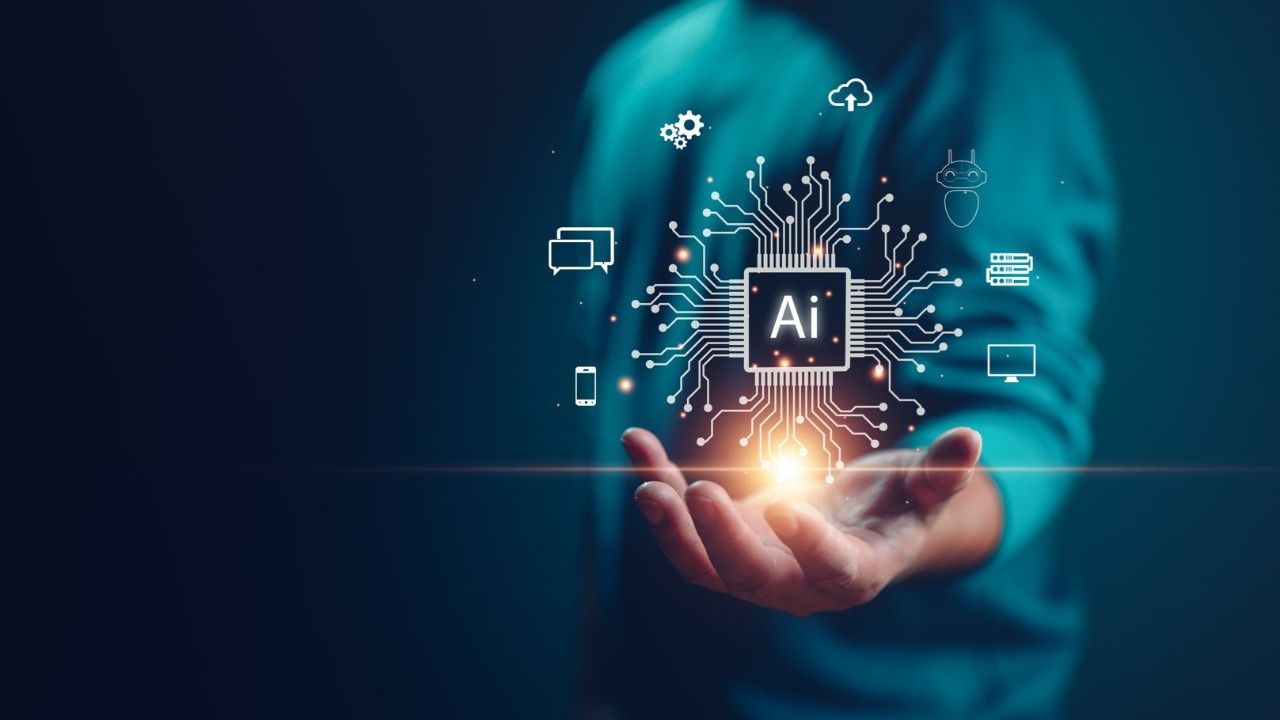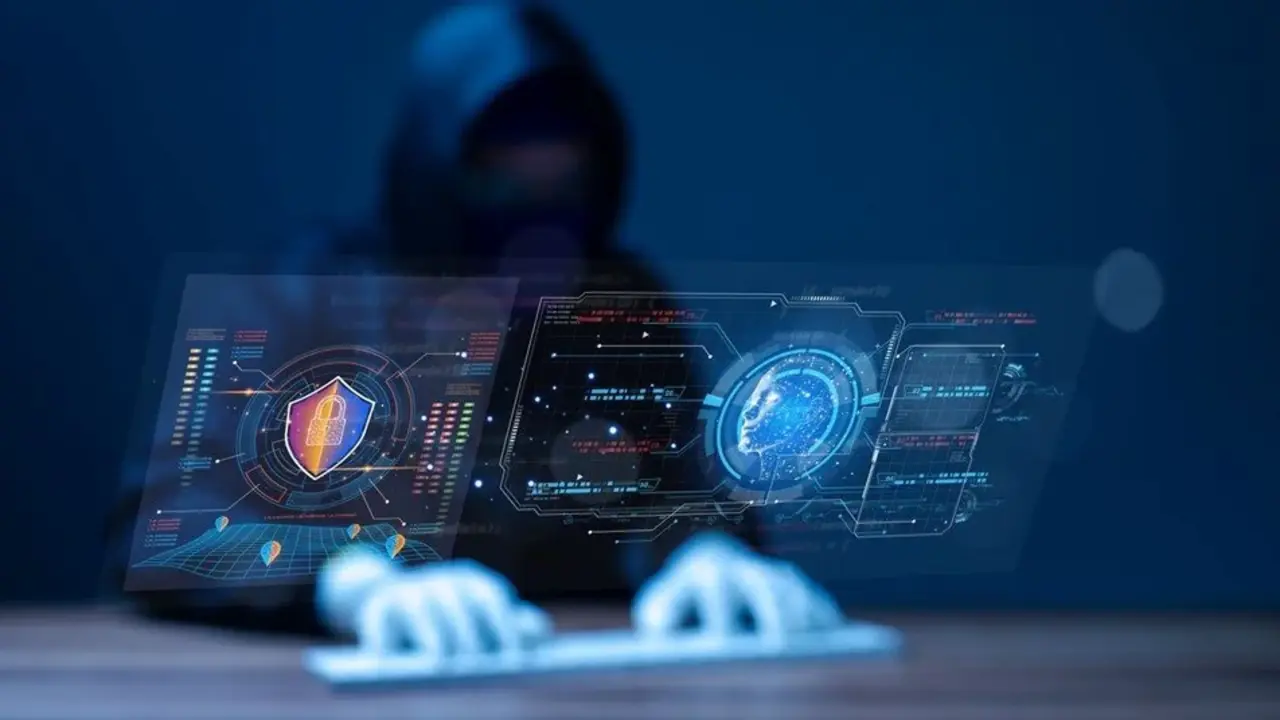Artificial intelligence fraud cases have developed rapidly in recent years. In particular, videos and images called deepfakes have become so convincing that they cannot be distinguished from the real thing. This situation puts users in serious danger. These fake contents, which pose many risks from social media fraud to identity theft, can be detected with simple but effective methods.
Ways to understand artificial intelligence fraud
As the most basic step, reverse image and video search can be used. With Google Lens, it is easy to learn which other sources an image is available on the internet. If the same image is found with different names, on different sites or on stock content platforms, it can be revealed that the image is not real.

Similarly, tools such as Deepware can be used to detect whether videos are fake or not. Suspicious images on social media profiles can also be examined via Google Image Search by copying the image address.
Live interaction testing stands out against fraud in increasing video searches. Asking the other party to quickly turn their head to the side during a video call helps to understand fake images.
An unreal image makes this movement in an unnatural, robotic manner. Similarly, artificial intelligence struggles quite a bit when faced with questions that require improvised answers, and this is easily noticed.
We can say that inconsistencies in facial expressions are also an important indicator in revealing deepfakes. While people naturally reflect their emotions on their faces, artificial intelligence systems are still inadequate in imitating these expressions. The inconsistency of mouth movements with lips or inadequacy of expressions while speaking can indicate that the content is fake.
Physical details also undermine credibility in artificial images. In particular, the unnatural appearance of hands and strange hand movements can be examples of this situation. We can say that the person’s interaction with their environment is another point that needs to be examined. While body movements are in harmony with the environment in real images, the person is almost disconnected from the background in fake content.
Robotic intonations in voices or occasional distortions also reveal that the content is artificial. While such interruptions or artificial tones are not seen in a real conversation, the voice loses its naturalness in fake content. These audio distortions are not only caused by artificial intelligence-based systems, but also by the inadequacy of fine-tuning by those who create them.
Failure to interact with objects is another factor that reveals fake content. The way objects such as hats and glasses fit on the face, the contact with the table, or the physical relationship established with food are examined in detail in authenticity tests.
Today, the number and credibility of deepfake content is increasing. However, a careful and conscious user can detect these fake content with a few basic checks. So what do you think about this issue? You can share your views with us in the comments section below.














